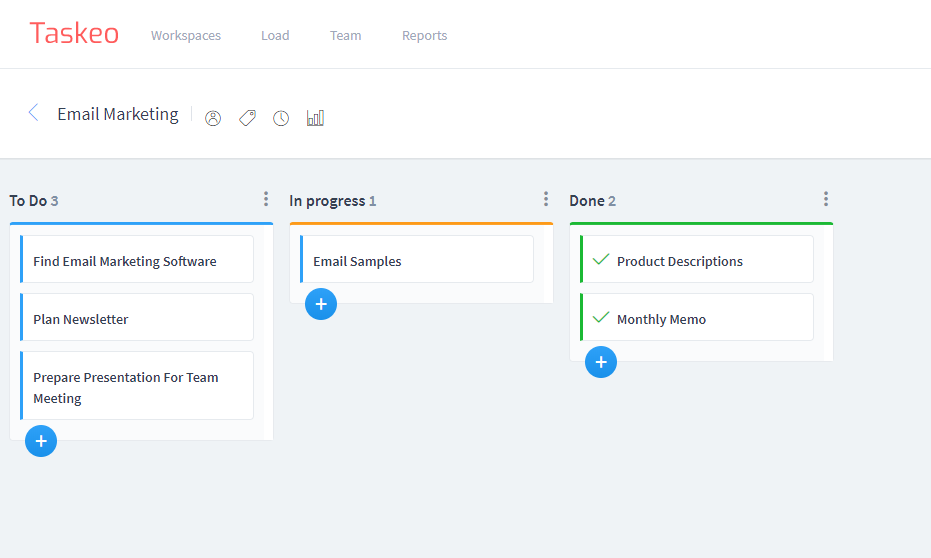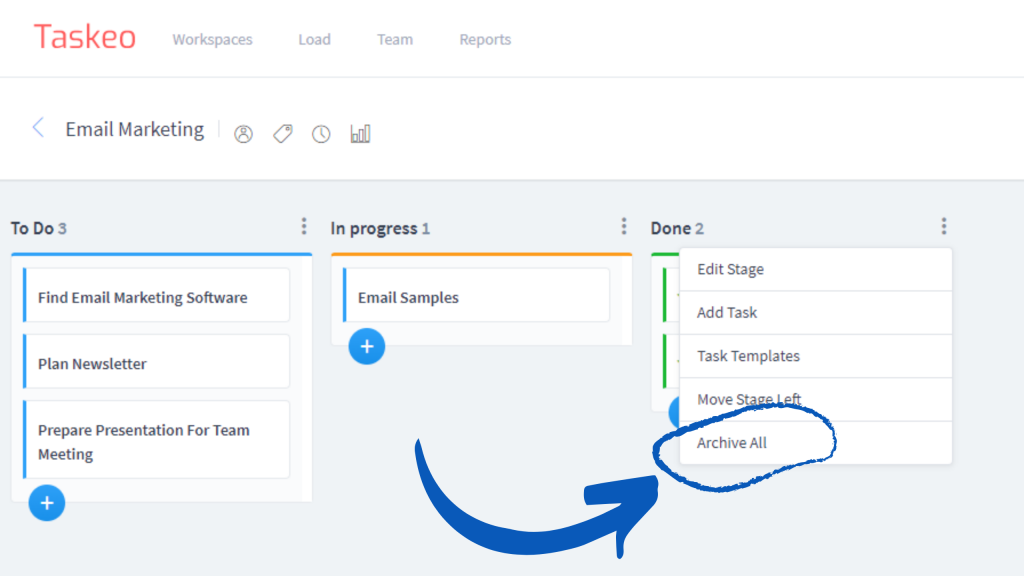Can you imagine project management without kanban methodology? It’s hard to! After all, who doesn’t talk about kanban these days?
And yet, while it’s so popular, not everybody knows how to use it right. If you’re one of these people, then today’s post is for you. We’re going to talk about the benefits of using kanban methodology at your company. We’ll also discuss how to do it the right way.
Benefits of introducing kanban methodology in your company
Agile Alliance defines kanban as “a means to design, manage, and improve flow systems for knowledge work. The method also allows organizations to start with their existing workflow and drive evolutionary change. “
Only from this definition can you pinpoint several major benefits of using kanban methodology in your business. But let’s break it down for you so you see what’s it all about exactly.
Visualisation is the first and main benefit. Most of us work better when we can visualise processes and events. Using kanban allows you to communicate where things stand in the clearest way possible. This translates directly to a better understanding of the processes and helps you improve them.
Simplification. The kanban is a line-like process. It’s a flow from point A to point B. That’s why it helps you create processes which are simple and streamlined. You will need to simplify those which are too complicated or extensive in order to fit them in kanban methodology. It may not work for all of your processes, but usually, simple flow is easier to understand.
With simplicity comes clarity. These two are connected and once you simplify your flow to fit the kanban methodology, it will automatically become clearer to your colleagues. Once it is clear what should be done, your employees can act freely within the structured process, knowing their role and time to step in.
When should you introduce kanban?
Lean Kanban points out that you could – or even should – introduce kanban methodology whenever you want to make your flow run smoothly or relieve your teammates.
Here are some of the signals that will tell you that your company needs kanban implementation.
- you don’t have a clear, visual process, or
- your processes are too complex
- your people have issues finding their place in the flow
- it’s hard to understand the sequence of actions in your flow
- roles and responsibilities aren’t clear
- you’re looking for a way to work smarter and manage better
Each of these reasons is good to give kanban a shot. So now, let’s have a look at all the best practices you should remember when working with kanban.
Kanban methodology – best practices
Create a process that is easy to understand
Whether you build your flow from scratch or improve an existing one, the rule is one: keep it simple.
Complicating your processes won’t do you any good. Simplify them wherever possible. Remember that kanban is, visually speaking, a straight line. As we said before, each task will journey from point A to point B. That’s why your process should be simple enough to reflect this event – stage by stage.
Train people through your kanban process
Got your process simple and nice? Great, but that’s not where your job ends.
One of the opportunities that come with kanban is making your team members more independent. We already said that thanks to the clarity of your kanban process, your people will know when to step in and what action they should take.
But that doesn’t happen overnight.
In fact, you need to teach your people how to work with the canvas of your flow. Kanban methodology is highly visual and that helps a lot – but that’s not all. In the beginning, you will need to explain your new process thoroughly. Give your team time to adjust and accommodate. And if needed – explain the flow again.
This principle works both for introducing kanban for the first time and for making any changes to it later on.
Limit work in progress
Your flow usually begins with the “to-do” stage and it ends at “done”. Everything else in between is “In Progress” – no matter how many stages are there.
Your goal as a team should be to limit the amount of work In Progress to the absolute minimum. This way, you’ll keep a narrow focus on your tasks and you won’t stretch yourself too thin. Quality over quantity, remember?

It could be a tricky one so don’t understand it the wrong way. It’s not about doing less than you could just to have only one task open. The idea is to avoid scattering your resources around too many assignments. But how many is too many? You’ll know it right away when your people begin looking stressed, distracted or fail to deliver.
Ideally, every member of your team should always have productive to do without being overburdened.
Don’t clog
You can easily clog your kanban flow if you’re not careful enough. Even if you keep your work in progress to a minimum, you can end up with tens of items on your board. This can be distracting and confusing to your team members.
Tasks usually clog one of these three places: to-do stage and complete stages and your backlog.
When it comes to the “to-do” stage, some people throw in there everything that needs doing, be it short or long term. This is a dangerous strategy which will eventually lead to having tens of tasks on your to-do list. The sole sight of it can kill the morale of your team.
Another approach is to post only short-term tasks on your to-do list. Usually, those which are planned for “someday” land in the backlog. The problem is that if left uncontrolled, such “somedays” and “maybes” can easily create a pile that looks intimidating and dilutes the long-term strategy of your business. If you put something in your backlog, make sure it leaves it at some defined point.
The third clog-point is usually the “completed” stage. While technically harmless, it still can work as a source of distraction with the number of tasks that are in there.
So what should you do with either of the tasks? The answer is quite straightforward: purge it.
Archive all your completed tasks. Those which you’re not going to work on any time soon should go in your backlog. And those which are unlikely to happen at all and remain in the wishful zone should be removed even from the there.

Monitor, analyse and improve
It’s unlikely you’ll nail your kanban flow from the first try. That’s totally okay so don’t get discouraged.
Changes will and should occur over time. Some processes won’t work as you thought they would. In such cases, you will obviously improve some elements.
But you can’t introduce any if you don’t keep your eye peeled, right? Well, keep it peeled then. 😉
You and your team members should be mindful of what is happening at all times. Do they feel comfortable in the current workflow? Does it work for them? Are you all happy with the results of your flow?
Analyse your processes frequently and consider improvements whenever they’re necessary. This way, you’ll always be as close to perfection as possible.
Best practices for kanban methodology – thoughts & summary
Kanban is a tool that offers countless opportunities. Some people, such as Sergey Laptick from SitePoint, even argue that in some instances, such as software development, kanban is better than Scrum.
Could this be the case with you and your team? You won’t know until you try and nail the best practices of kanban methodology.
Let’s recap it: create a process that is easy to understand; train people through your process, limit work in progress; don’t clog your to-do list, backlog or Completed stage; monitor the workflow and improve it.
Ready to try it?






